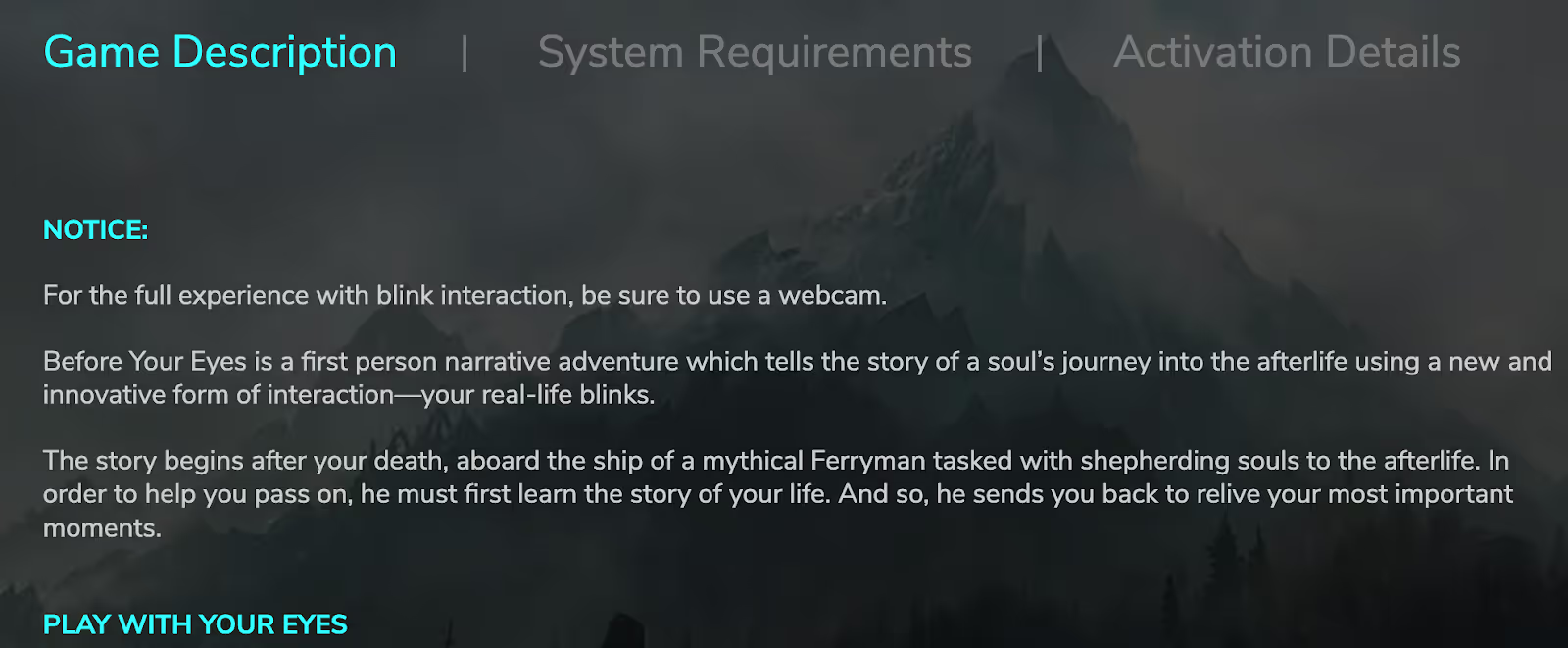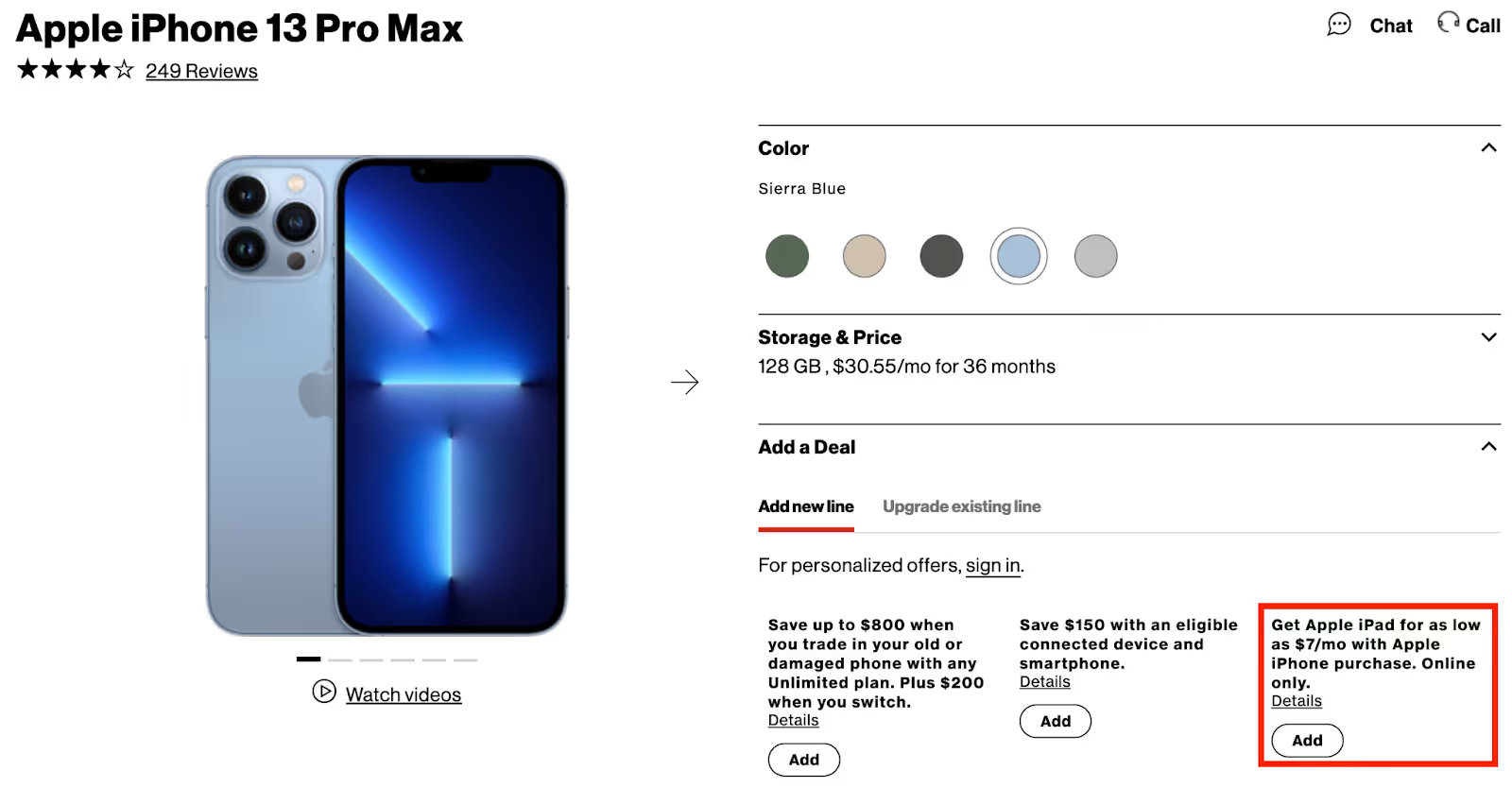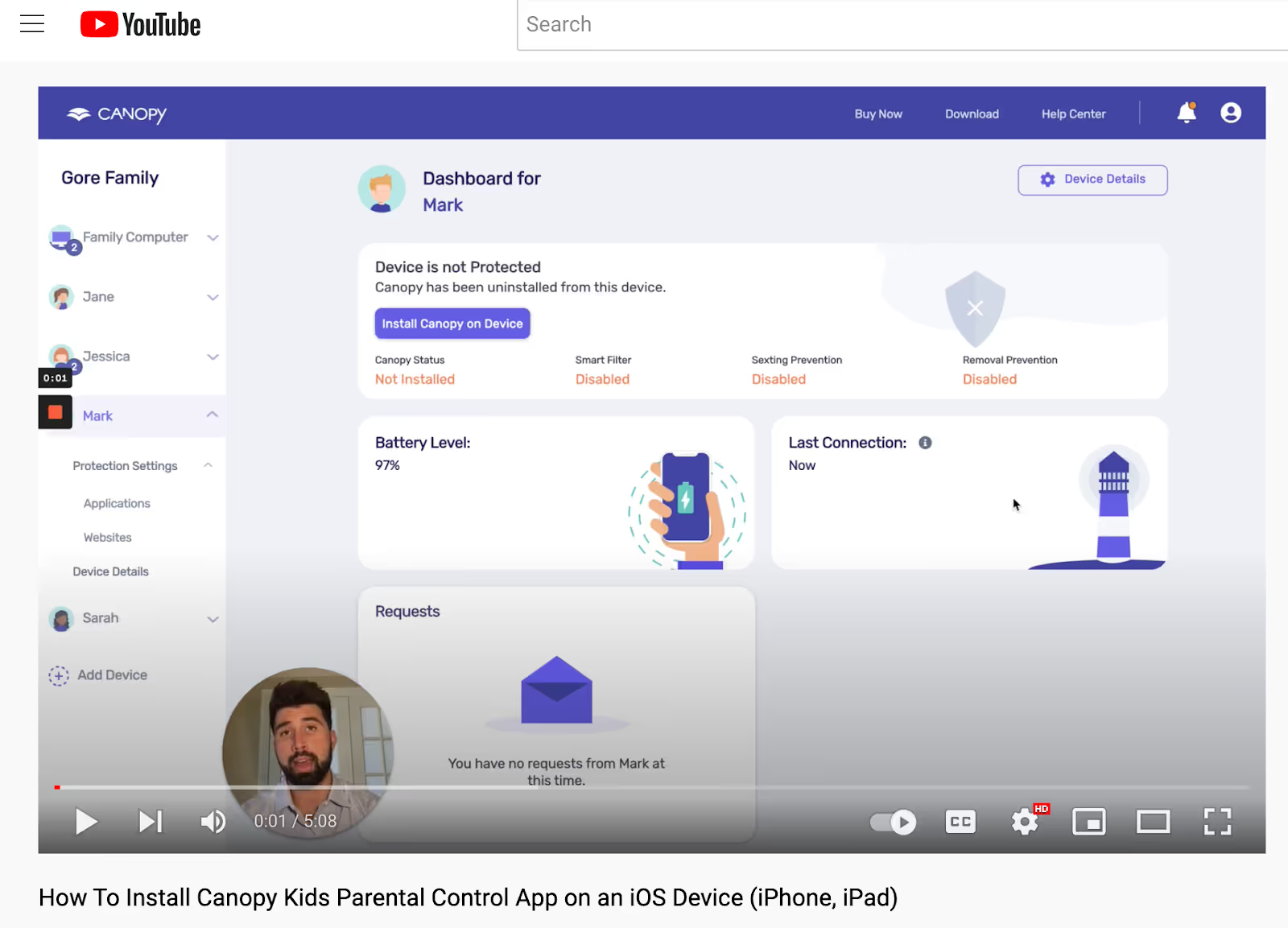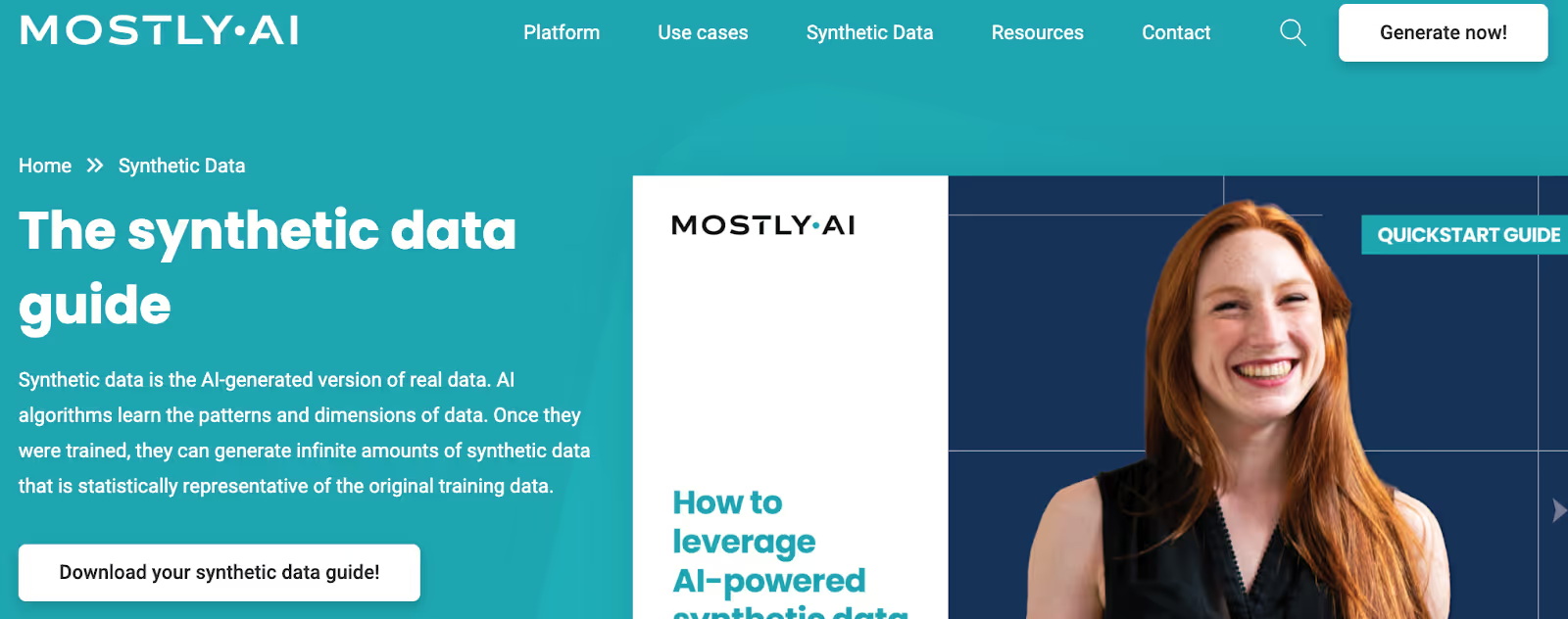What is Customer Education and How Can it Prevent Churn?
What is Customer Education and How Can it Prevent Churn?

Customer education programs aren't new, but they're worth revisiting because they remain a crucial component of reducing customer churn and increasing customer loyalty.
In this post, you'll learn what a customer education program is, how it can help your company reduce churn, and five simple examples you can implement immediately.
What is customer education?
Customer education is the process of helping your customers learn how to use your product or service.
A robust customer education program is your best friend if you have a complicated or expensive product or service. If customers don't know how to use it, they may not enjoy their user experience with your company and could even go elsewhere for a simple solution.

You can also use customer education to engage with customers emotionally. It is about building relationships with customers to feel connected to the brand, which will help increase customer satisfaction, loyalty, and even sales.
Benefits of a strong customer education program
Customer education is an integral part of any company's marketing strategy. It helps you build awareness, generate leads, and deepen customer relationships.
Reduce churn
Churn is a measure of customer attrition. It's one of the most critical metrics for any business to track, as it can tell you how many customers are leaving and why. Simply put, churn is the rate at which customers leave your company because they don't like what you offer or have been disappointed by their experience with your business. It's a problem that all businesses face at some point.
The best way to use customer education to prevent churn is by giving customers everything they need at their fingertips. In return, they spend less time trying to figure things out independently and more time successfully using your product or service as intended.
Increase customer satisfaction
The customer education process can help you improve your overall customer satisfaction levels. For example, customers who feel more informed about your products or services are more likely to purchase without hesitation. They're also more likely to feel confident in their decision and stick with you as a brand.
You can increase customer satisfaction by providing them with free resources that help them get started as quickly as possible and understand how your products integrate with other solutions in the market today. Providing good documentation is also critical for assisting users in feeling confident about implementing a solution on their own (or, even better, teaching someone else).
Improve the customer journey from start to finish—from new client onboarding through ongoing product usage—by providing relevant self-service content that allows users to get answers without needing further assistance from an internal resource or external solution provider.
Reduce support inquiries
Reduce support costs and increase loyalty by giving customers the information they need to make informed decisions. Offer training, specific product details, or frequently asked questions (FAQs) on your website. Your customers can explore them anytime during their buying process, so they don't have to wait for customer support to answer their questions.
This page from YUPLAY is an excellent example of making essential information available to customers. For instance, if a customer wishes to purchase a game called Before Your Eyes, they can quickly check if their computer meets the system requirements to play the game without needing to chat with a customer service agent. They can also review the step-by-step activation details to assess if the purchase is worth their time.

Boost upsells and cross-sells
Upsells and cross-sells are great ways to boost your revenue. You're encouraging customers to purchase a premium version of the product or service for upselling. For cross-selling, you're trying to sell products or services that will complement what they've already bought or are planning on buying.
If you have an existing customer base, customer education allows you to sell additional products or services to them. It helps them see the value in buying more from your company and makes upselling easier.
When you educate your customers, they're more likely to be open to new products, services, and ways of thinking about their needs.
Verizon does an excellent job of cross-selling products and services by educating customers on the current offers available to them when purchasing a new smartphone. For example, if you buy an Apple iPhone 13 Pro Max, you can get an iPad for as low as $7/month.

If you want to sell more to your existing customers, the best way is to educate them about all of your available products or services, including premiums. When they know what's out there and how it works, they'll be more likely to purchase from you again—and maybe even try something new.
Build brand loyalty
Engage and build brand loyalty through training and support. When done correctly, this type of customer engagement can positively affect your business beyond customer retention.
For example, if you're a startup with a new product offering, customers must understand how to use the product as designed. If they don't use it correctly or don't know how it works, they may not get the value out of what you're providing them.
A little effort goes a long way. Suppose you are willing to take the time to create educational videos or step-by-step guides. In that case, customers will be grateful for the helpful resources and prefer to return to your brand over a competitor that lacks these resources entirely since you’ve now proven your expertise to meet their challenges.
Increase employee productivity
Many companies have limited resources available to provide customer support, so it's essential to focus on reducing the number of issues that require human interaction.
One way to do this is by ensuring ample self-service options available for your customers, allowing them to resolve their problems without needing to contact you, saving both time and money for both parties involved.
Retain customers for longer
The more you educate your customers about your product, the better. That's because when a customer is knowledgeable about something, they are more likely to use it in their everyday life and recommend it to others.
By educating them on how to use the product or providing them with information that helps them understand why they need it in their lives, you have a better chance of retaining them as customers for longer (and also making more money!).
5 stellar customer education examples
Customer education programs take a variety of different forms and include many components. For example, programs can take place in person, via email, website, webinar, or video.
The program specifics will depend on the complexity of your product or service and the knowledge level of your customers.
You may also need multiple versions of your customer education program for different customer journey stages.
Let's take a closer look.
1. Knowledge bases
A knowledge base is a single place where you can store all the information about a specific topic.
It's like a library, but instead of bookshelves, it's a digital space accessible from anywhere.
When customers are looking to learn more about how to use a particular tool, or if they are just trying to figure out how something works, a knowledge base is the best place to go.
It can include videos, written guides, and troubleshooting tips to help customers resolve issues quickly and efficiently.
A knowledge base can serve multiple purposes, such as:
- Guiding customers through the process of making a purchase
- Providing detailed information on how to use your products and services
- Encouraging repeat business by helping customers get more out of their existing product or service
Take Tailor Brands, for example. They have built an expansive knowledge base that includes blog posts and educational videos on all things logos, branding, and business formation.

A robust knowledge bank is essential for their business because its service is entirely online. Creating good content alleviates some customer service team pressure while generating organic search traffic to their website. An actual win-win scenario.
The more supplemental content you have for your customers, the more you empower them to make the most of your product and stick around for the long run.
2. How-to videos
It's no secret that how-to videos are a great way to educate your customers. After all, research shows that 72% of customers said they would prefer to learn about a product or service through video.
If you want to be successful with your customer education program, you need to make sure that it's easy for people unfamiliar with your product or service to understand what it does and why they should buy it.
That's where how-to videos come in. A how-to video is ideal for customer education programs about complex topics because it breaks down information into manageable chunks, making it easier for viewers to follow along step-by-step and understand what's happening.
Canopy does an excellent job sharing how-to videos about its parental control app technology to keep kids safe online.
To ensure there’s no confusion about how to install their app on an iPhone or iPad, they have created a how-to video with a visual walkthrough to help customers easily download and navigate the app.

The last thing you want is a frustrated customer. How-to videos are an excellent way to help reduce support questions and improve customer satisfaction.
3. eBooks
eBooks are a great choice when building a customer education program to help share expert knowledge or details with your customers. They're easy to read, don't require special software or hardware, and can be accessed from any device with an internet connection.
eBooks are also easy to update and maintain—just make sure you have someone on staff responsible for taking care of them so they stay up-to-date.
You can even use eBooks to get in touch with customers who aren't currently using your product or service, making them an excellent lead magnet.
For example, MOSTLY AI offers diverse educational content on synthetic data in eBooks, guides, case studies, etc.
The content is free to use in exchange for a name and email address via a form submission. This exchange benefits both MOSTLY AI and its customers because MOSTLY AI captures a lead, and the customer gains access to valuable information about synthetic data that they can leverage themselves.

Providing educational resources is extremely important to keep your potential and existing customers on the same page. It also helps build rapport as you offer valuable information for free so that leads can help you understand the product or service you offer.
4. FAQ pages
Are you sick of answering the same question over and over again? Perhaps it is time to create an FAQ page for your website.
FAQs are the ultimate customer education tool. They're an excellent way to help customers learn more about your product and get answers to their frequently asked questions quickly. But they can also be a perfect way for you to build trust with them.
Take Samsara as an example. They keep a detailed FAQ section at the end of their government fleet management software page to provide customers with everything they need to know.
When companies offer these specialized products, customers will naturally have questions. That is why being preventive and responding to potential customers' queries is always a great idea.

An FAQ page is helpful for many reasons:
- It helps people navigate your website more easily. Your FAQ page can help customers find the information they need more quickly if you're a business. If you're a nonprofit, your FAQ page can help people learn more about your work and what you do.
- It shows that you care about the lead's experience and want them to easily access important information about the organization or business they're visiting. It also demonstrates that the person behind the website cares about visitors' needs and wants this experience to be as positive as possible.
5. Live webinars
Are you looking to add a more personal touch to your customer education program but don't want to break the bank by putting on an in-person training session? Don't worry. There are plenty of webinar platforms available in this digital era.
Similar to how-to videos, webinars allow customers to consume complex information quickly.
The added benefit of live webinars is that customers can ask specific questions in real-time. A live webinar is an interactive, hands-on experience that feels more personal, which customers love.
HubSpot is one of the leading software for all things inbound marketing, sales, and customer service. To help combat its extensive service offerings, they have created Hubspot Community for customers to maximize and share their HubSpot knowledge.
Every few weeks, they host live webinars to cover a new topic or feature.
Don't underestimate the power of a live webinar; they incorporate video with an extra personal touch to create the perfect customer education combination that will satisfy your customers.
Conclusion
Customer education is an investment for future business growth.
Whether you're looking to keep your current customers happy or simply reduce friction for potential new ones, it's worth taking the time to turn them into advocates for your product.
Investing in your existing customers and educating them can significantly reduce your churn rate and increase their lifetime value (LTV).
It is time to implement a customer education program today. The results will be well worth it.
Take the faster path to growth. Get Smith.ai today.
Key Areas to Explore
Technical Implementation Terms
Voice user interface (VUl) design
Speech recognition integration
Text-to-speech optimization
API connectivity and webhooks
Real-time data synchronization

Your submission has been received!










%20(1)%20(1).avif)


.svg)



